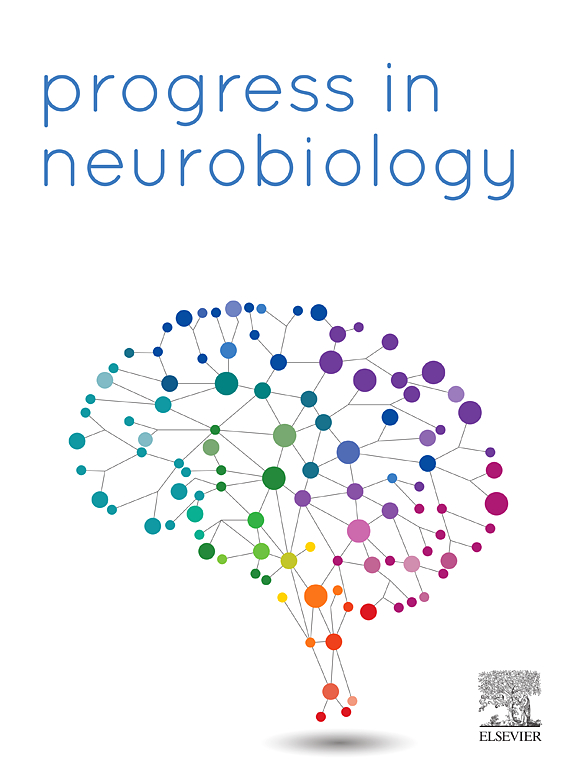对快速展开的随机声音的持续脑电图反应反映了贝叶斯推断的可靠性跟踪。
IF 6.1
2区 医学
Q1 NEUROSCIENCES
引用次数: 0
摘要
大脑是如何追踪和处理快速变化的感官信息的?目前的计算表明,我们的感觉和决定来自于自下而上的感官信号和对周围世界的统计数据不断变化的预期之间复杂的相互作用。最近研究的一个重要焦点是确定大脑在监控感官信息的快速发展时跟踪了哪些统计特性。在这里,通过结合EEG(每个实验N≥22)和计算模型,我们研究了大脑如何处理模拟动态感官环境关键方面的快速和随机声音序列。被动倾听的参与者被暴露在结构化的音调-pip安排中,其中包含一系列随机模式之间的转换。预测由贝叶斯预测推理模型指导。我们证明了听者会自动跟踪展开声音的统计数据,即使这些声音与行为无关。序列模式之间的转换导致持续脑电图反应的增加。这被观察到分布统计的范围,甚至在这些过渡的行为检测是在地板的情况下。这些观察结果表明,脑电图持续反应的调节反映了大脑内信念更新的过程。通过建立计算模型的输出和观察到的大脑反应之间的联系,我们证明了这些与过渡相关的反应的动态与“精度”的跟踪一致-分配给预测感官信号的置信度或可靠性-揭示了大脑统计跟踪机制与其反应动力学之间复杂的相互作用。本文章由计算机程序翻译,如有差异,请以英文原文为准。
Sustained EEG responses to rapidly unfolding stochastic sounds reflect Bayesian inferred reliability tracking
How does the brain track and process rapidly changing sensory information? Current computational accounts suggest that our sensations and decisions arise from the intricate interplay between bottom-up sensory signals and constantly changing expectations regarding the statistics of the surrounding world. A significant focus of recent research is determining which statistical properties are tracked by the brain as it monitors the rapid progression of sensory information. Here, by combining EEG (three experiments N ≥ 22 each) and computational modelling, we examined how the brain processes rapid and stochastic sound sequences that simulate key aspects of dynamic sensory environments. Passively listening participants were exposed to structured tone-pip arrangements that contained transitions between a range of stochastic patterns. Predictions were guided by a Bayesian predictive inference model. We demonstrate that listeners automatically track the statistics of unfolding sounds, even when these are irrelevant to behaviour. Transitions between sequence patterns drove a shift in the sustained EEG response. This was observed to a range of distributional statistics, and even in situations where behavioural detection of these transitions was at floor. These observations suggest that the modulation of the EEG sustained response reflects a process of belief updating within the brain. By establishing a connection between the outputs of the computational model and the observed brain responses, we demonstrate that the dynamics of these transition-related responses align with the tracking of “precision” – the confidence or reliability assigned to a predicted sensory signal - shedding light on the intricate interplay between the brain's statistical tracking mechanisms and its response dynamics.
求助全文
通过发布文献求助,成功后即可免费获取论文全文。
去求助
来源期刊

Progress in Neurobiology
医学-神经科学
CiteScore
12.80
自引率
1.50%
发文量
107
审稿时长
33 days
期刊介绍:
Progress in Neurobiology is an international journal that publishes groundbreaking original research, comprehensive review articles and opinion pieces written by leading researchers. The journal welcomes contributions from the broad field of neuroscience that apply neurophysiological, biochemical, pharmacological, molecular biological, anatomical, computational and behavioral analyses to problems of molecular, cellular, developmental, systems, and clinical neuroscience.
 求助内容:
求助内容: 应助结果提醒方式:
应助结果提醒方式:


